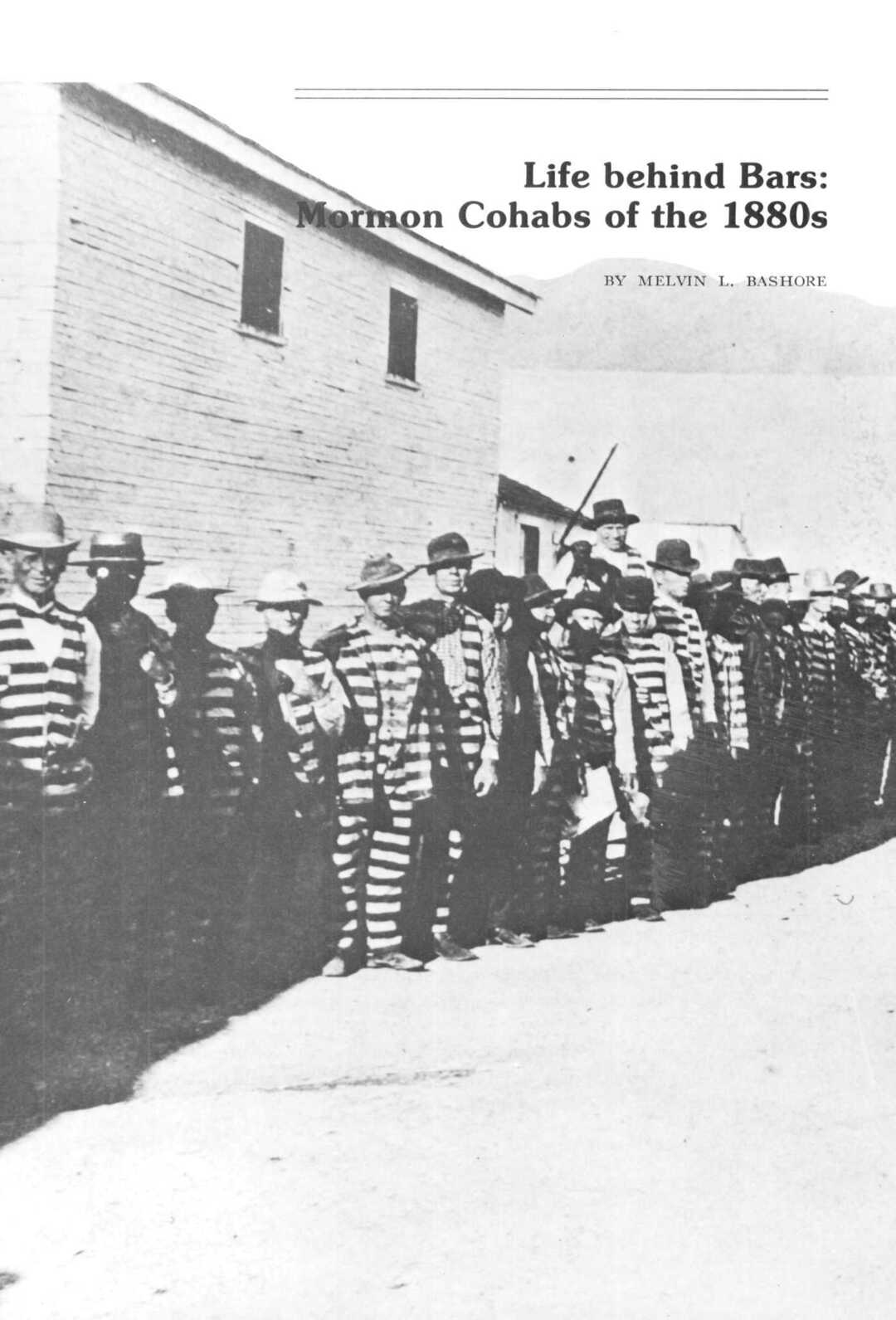
4 minute read
In Memoriam
In Memoriam Gustive O. Larson, 1897 - 1978
Men leave their mark upon this mortal earth in many ways. Some build physical structures of stone and concrete and steel. Others make money and endow foundations or universities. Others leave the impact of their mind and character in what they teach and write and what they were—uaseen like a skyscraper or a bridge but remembered forever in the hearts of those they touched. Such was Gustive O. Larson, fellow of the Utah State Historical Society, who died October 22, 1978 at the age of eighty-one--historian, writer, philosopher, and humblest of men.
He had been president of the LDS Swedish mission. He had been director of the LDS Institute of Religion at Cedar City for fifteen years. Yet no one who knew him ever thought of him as sectarian in his religion. People were human beings to him, and prejudice was something he knew only as an enemy to be fought at every turn.
He spent his last years in retirement in his Provo home surrounded by shelfupon-shelf of books, several of which he had written himself. As his health failed and he became less and less mobile, he directed his energies toward reading and research—his mind keen to the last, albeit the target of his own rustic humor about the growing forgetfulness which besets us all. His last professional years were spent on the religion and history faculties of Brigham Young University, where he earned the everlasting respect of his colleagues and others in his profession.
Gus Larson (nobody ever called him Gustive) certainly ranked among the top of today's historians regarding the Mormon church, the Mormon people, and early Utah in general. His book, Prelude to the Kingdom, is considered one of the finer works concerning the migration of thousands of LDS converts from Europe under the Perpetual Emigrating Fund. Another major work by him, Outline History of Utah and the Mormons, went through several editions.
What many of his colleagues consider his masterpiece and greatest contribution to Utah and Mormon history is his Americanization of Utah for Statehood. His last full-length book, it was published in 1971 by Huntington Library and won the Western History Association award for that year. The book broke new ground in many aspects of the turbulent, sensitive years when Utah was conforming to requirements set down by the federal government for statehood—including the abolishment of polygamy and the real separation of church and state. Gus Larson's articles in scholarly publications, including Utah Historical Quarterly, w r ere numerous, as were the substantial pamphlets he produced.
Gus Larson had a way of treating early Utah history—all of it, not selected parts—in a way that I came to call, for lack of a better term, "sympathetic honesty." He was diligent and accurate, but above all he was honest. He was honest about some of the facts of early Utah history that some people do not like to learn about or be reminded of.
No mention of Gus Larson could be complete without the part he and his wife, Virginia, played in each other's lives. She was a talented musician, and he was so proud of her it fairly oozed from him, despite the fact that he was essentially a shy man. But through his shyness bubbled a rustic sease of humor that put a sort of perpetual twinkle in his eyes.
I did a column on Gus Larson in the Provo Daily Herald the day after he died. I tried to say what he had meant to me and all who knew him. And then, remembering his sense of humor and that twinkle in his eyes, I closed with something I think would have brought a chuckle from him:
THERON H.LUKE









